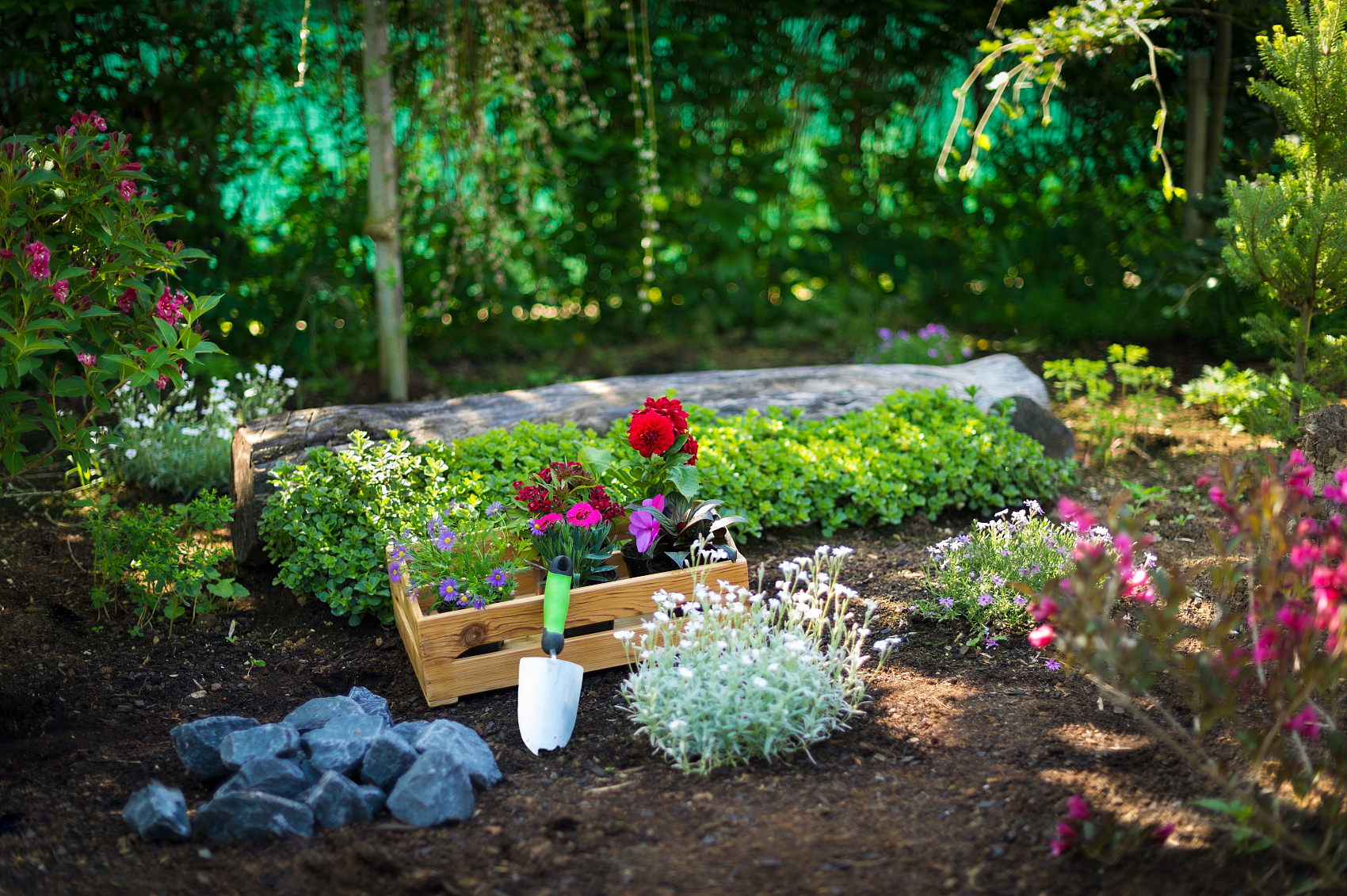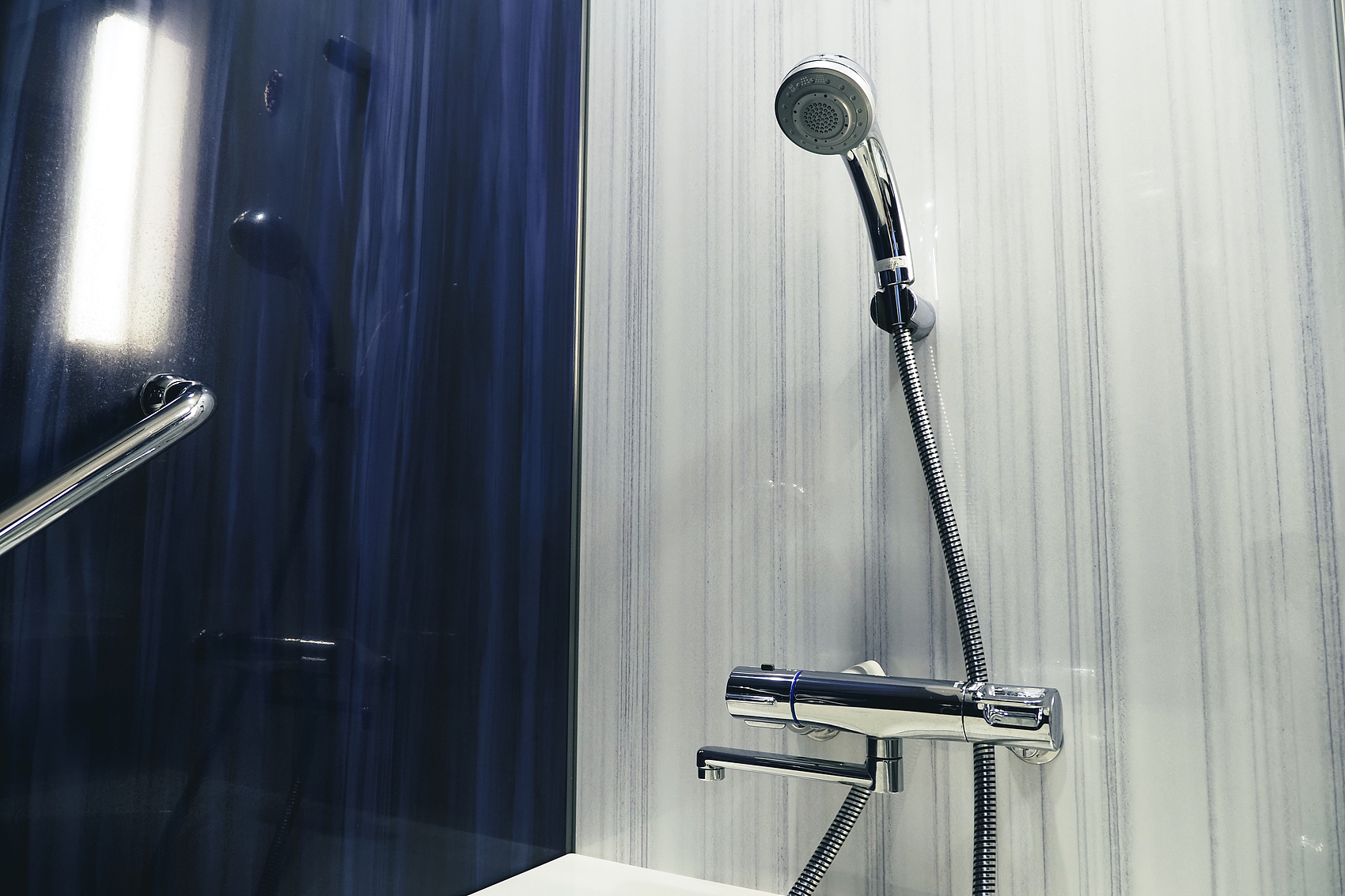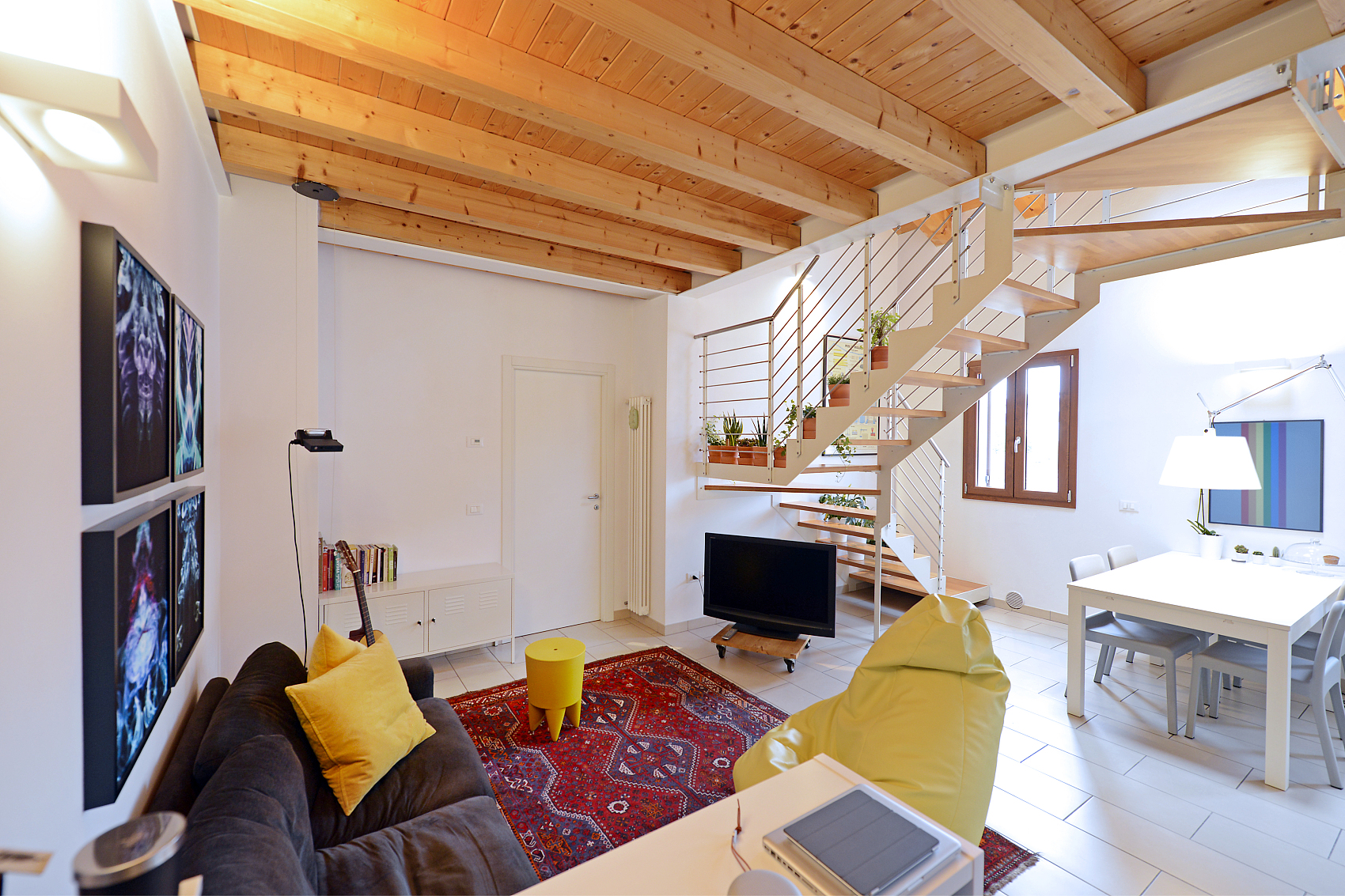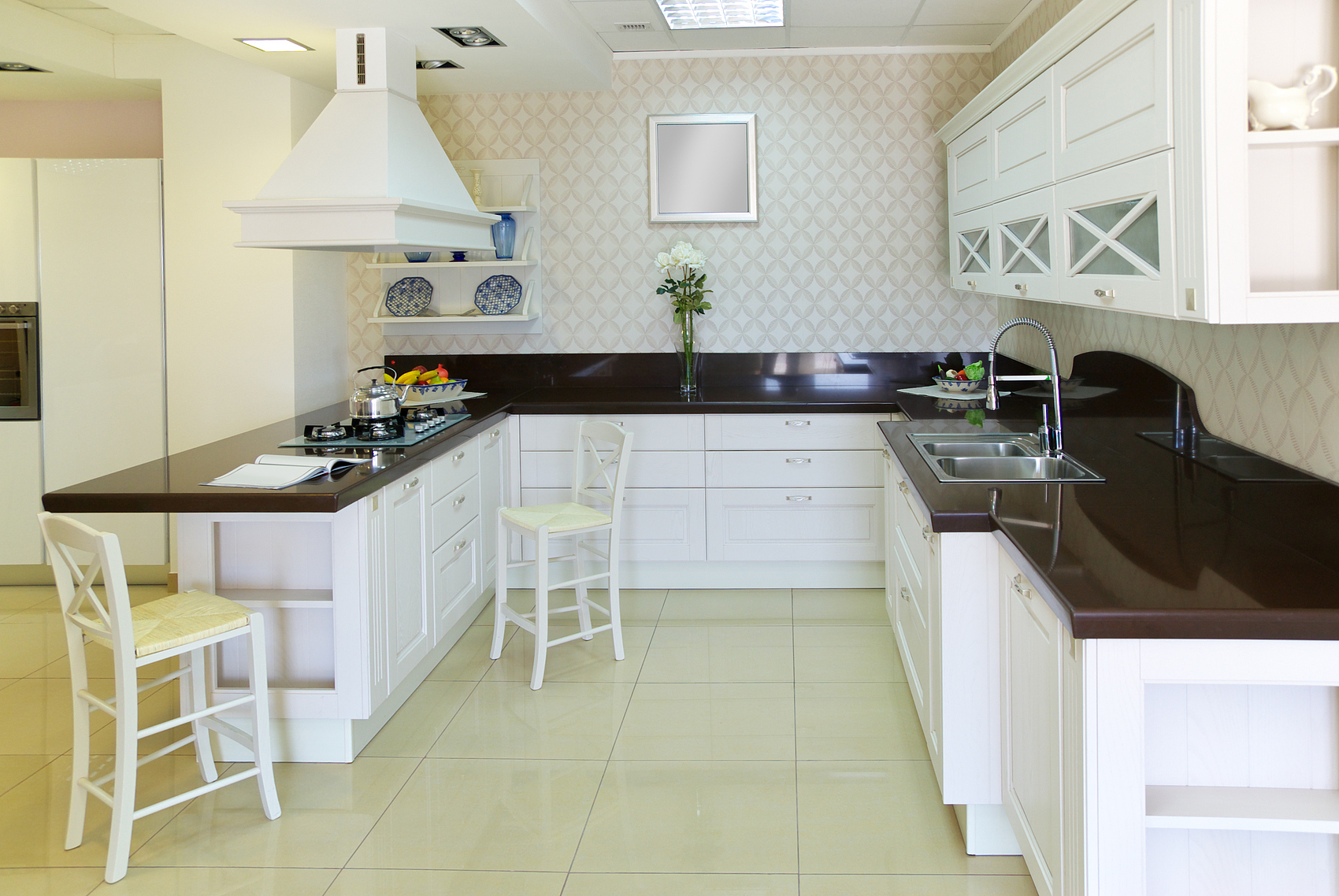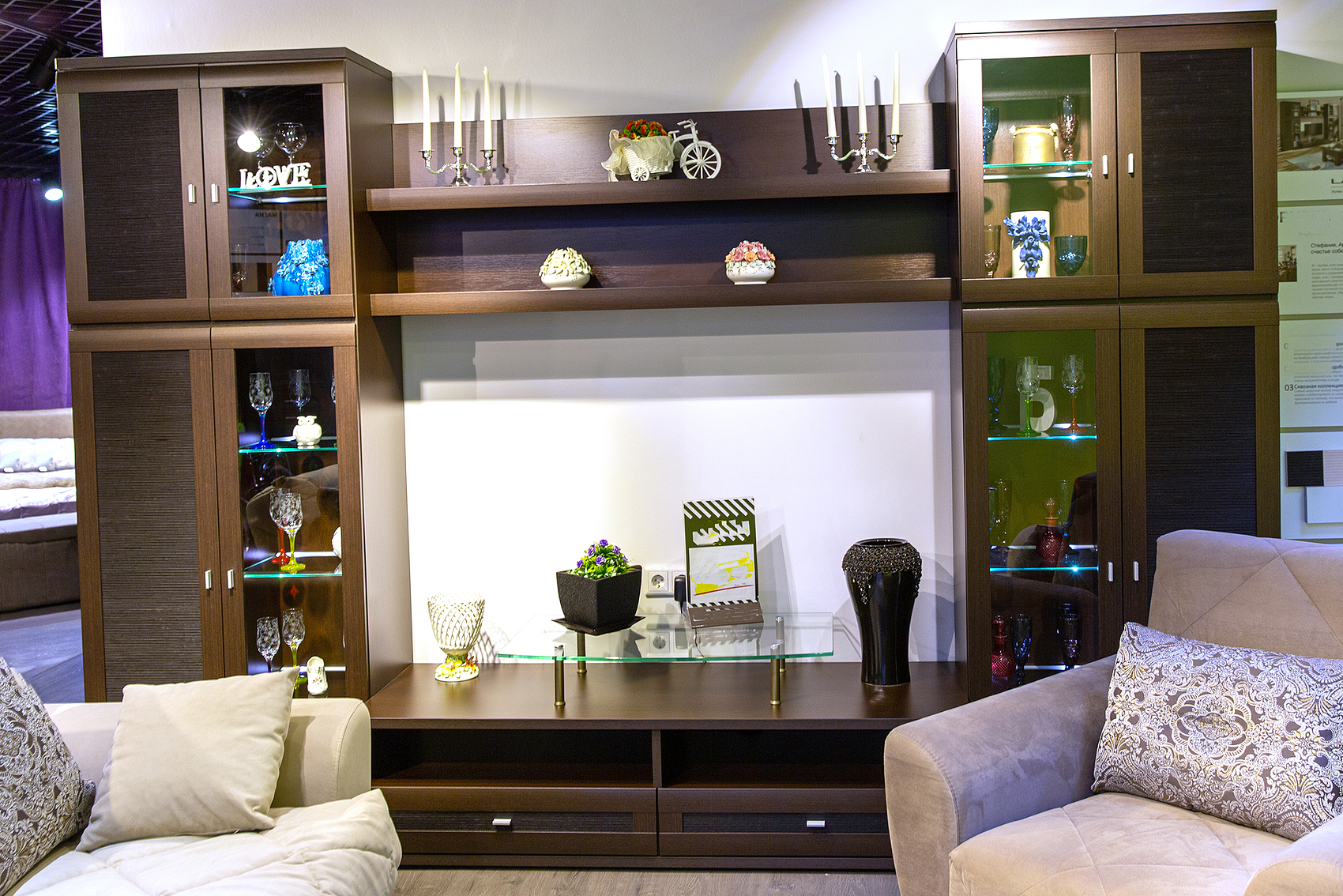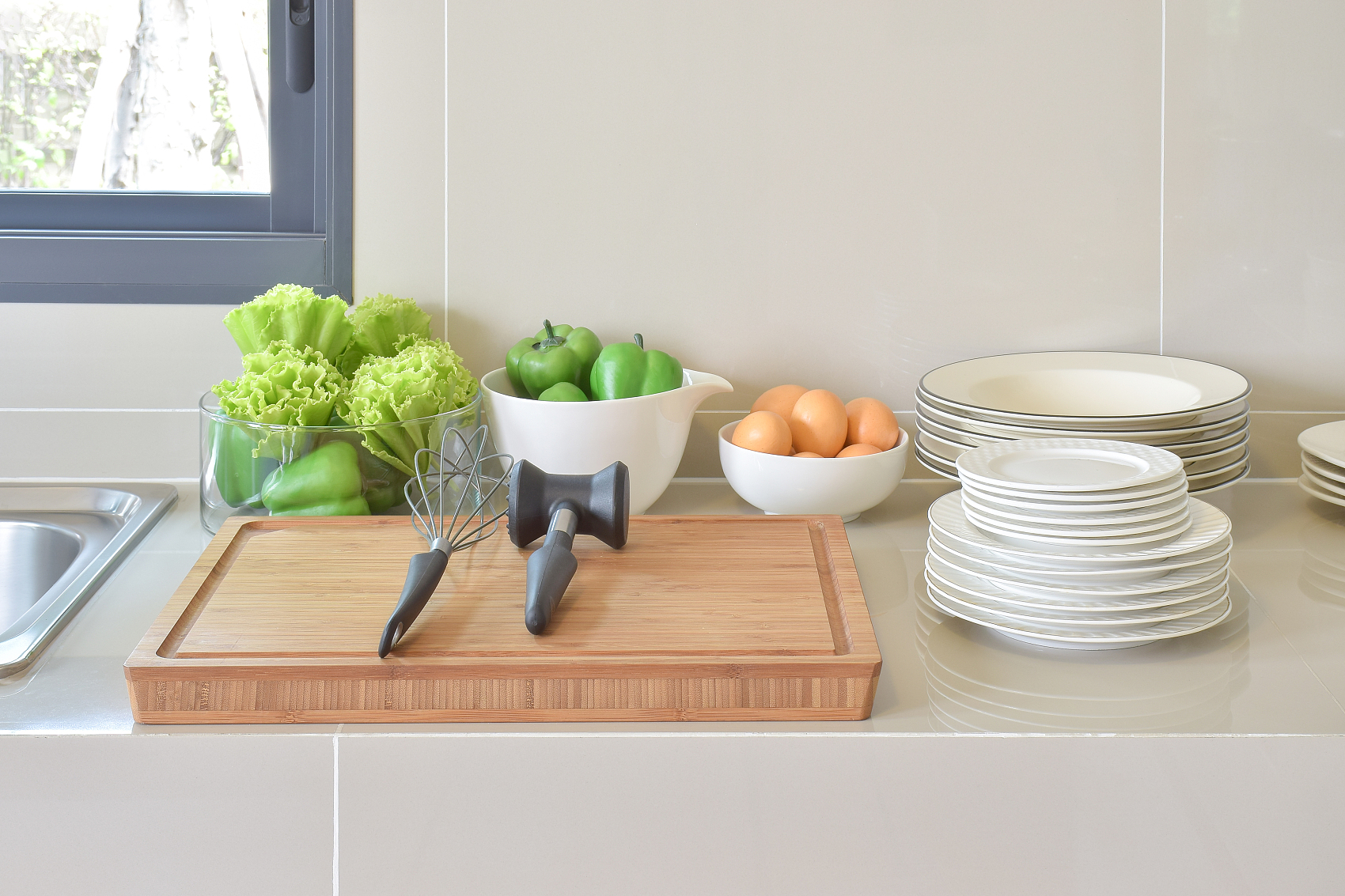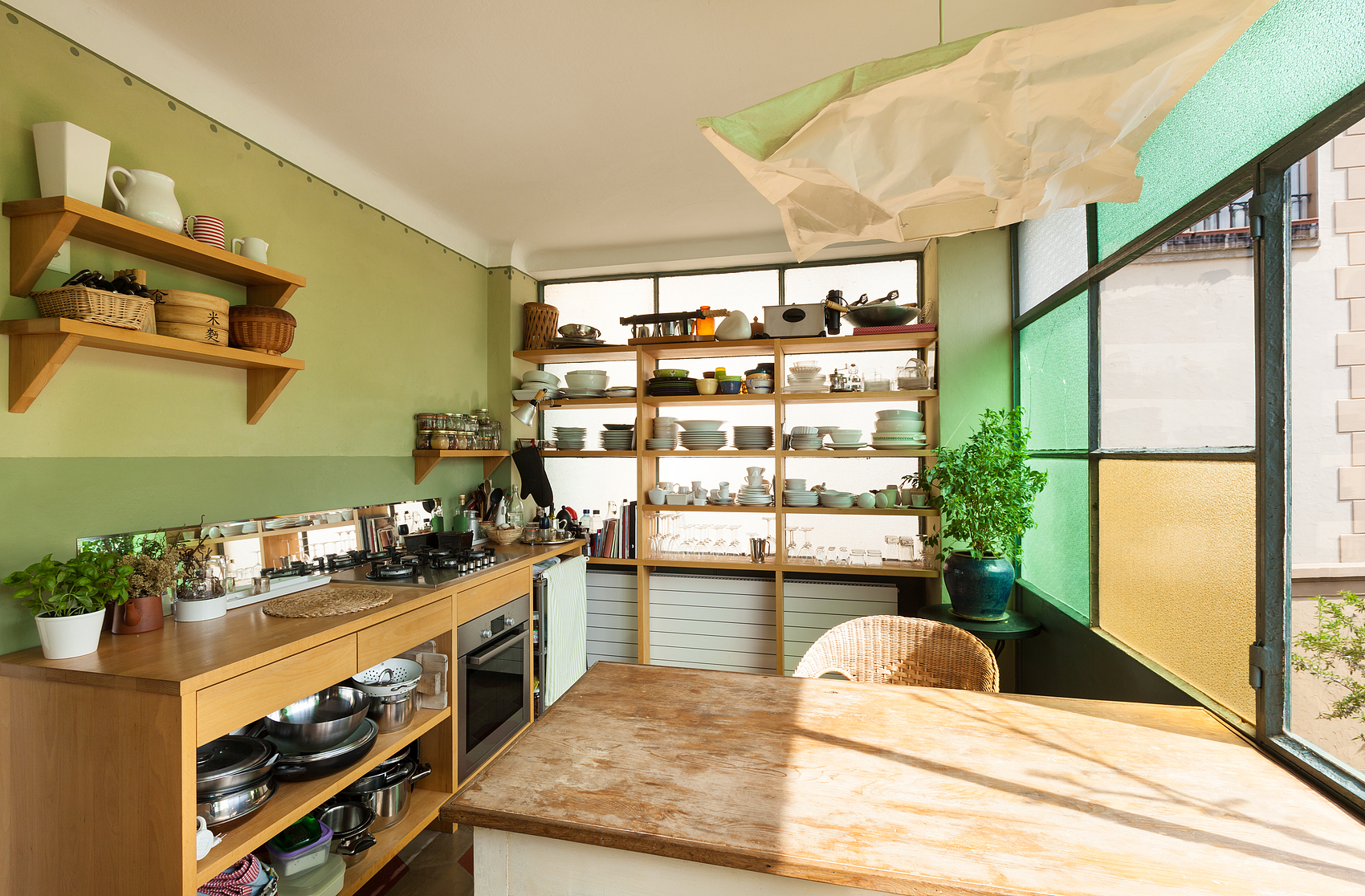Decks are a popular choice for extending your living space outdoors, providing a cozy spot for relaxation and activities. There are several decking materials to choose from, including traditional wood, pressure-treated wood, concrete composite, and advanced capped polymer (PVC). No matter the material, decks can fade or peel due to factors like sun exposure, moisture, temperature changes, and poor maintenance, which can affect both their appearance and durability. Here’s a look at why decks fade and peel, along with some tips to keep them looking great.
Why Do Decks Fade?
The primary culprit behind deck fading is UV exposure. Wooden decks, particularly softwoods like cedar and pine, lose their natural oils and pigments over time. Composite decks fade as their UV inhibitors wear off, while concrete decks may lose their color if not properly sealed. Although vinyl or PVC decks are generally more resistant, they can still fade with constant exposure to harsh sunlight and weather conditions.
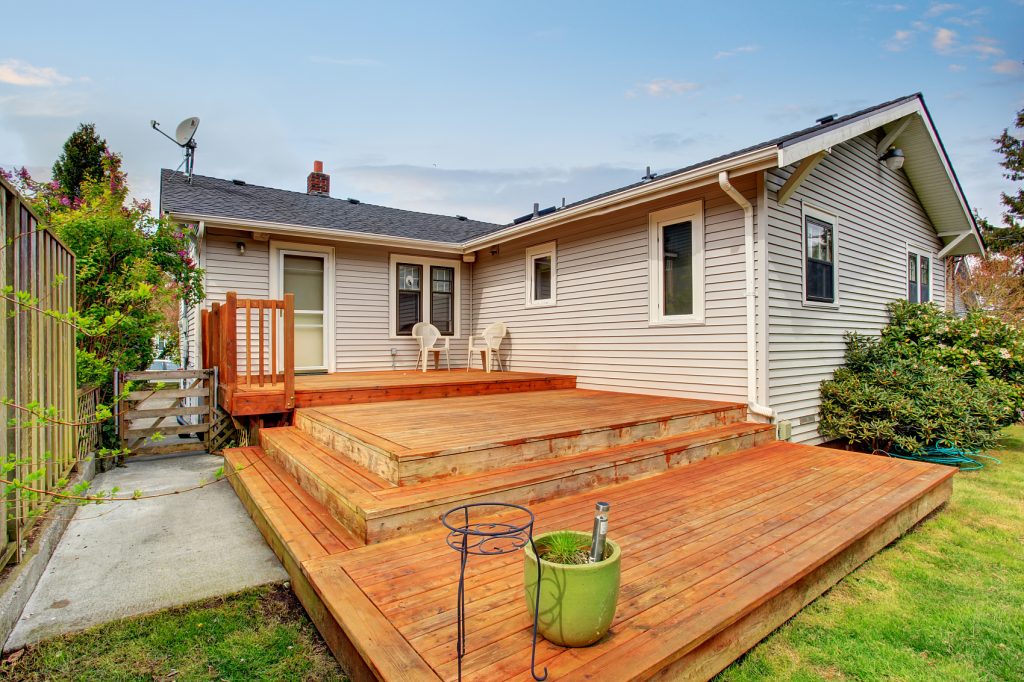
How to Prevent Fading
To protect your deck from fading, choose UV-resistant materials like composite decking, which often contains built-in UV inhibitors. Stains and sealers with UV blockers can also help maintain color and appearance. Make sure to reapply these products annually, or more frequently depending on sun exposure. Adding shade structures like pergolas or umbrellas can also minimize direct sunlight.
Regular cleaning is important, too. Dirt can trap moisture and speed up fading, so wash your deck with mild soap and water, avoiding harsh chemicals that could strip protective coatings.
Why Do Decks Peel?
Peeling often stems from different issues based on the deck material. Wooden decks may peel due to moisture penetration, which causes the wood to expand and contract, leading to cracks in paint or stain. Composite decks might peel from surface wear or low-quality manufacturing. For painted or stained concrete decks, peeling can result from improper surface preparation or unfavorable weather during application. Vinyl or PVC decks can also peel if not properly cleaned before sealing.
How to Prevent Peeling
To avoid peeling, ensure proper surface preparation before painting or staining. Clean and dry the deck thoroughly, and consider sanding the surface to help new coatings adhere better. Always use high-quality, exterior-grade paints and stains specifically designed for decks. Follow the manufacturer’s instructions, especially regarding suitable weather conditions for application.
Regularly inspect your deck for signs of damage or pests, and address any minor issues quickly. Using furniture pads can prevent scratches, and trimming back overhanging plants ensures good airflow around the deck.
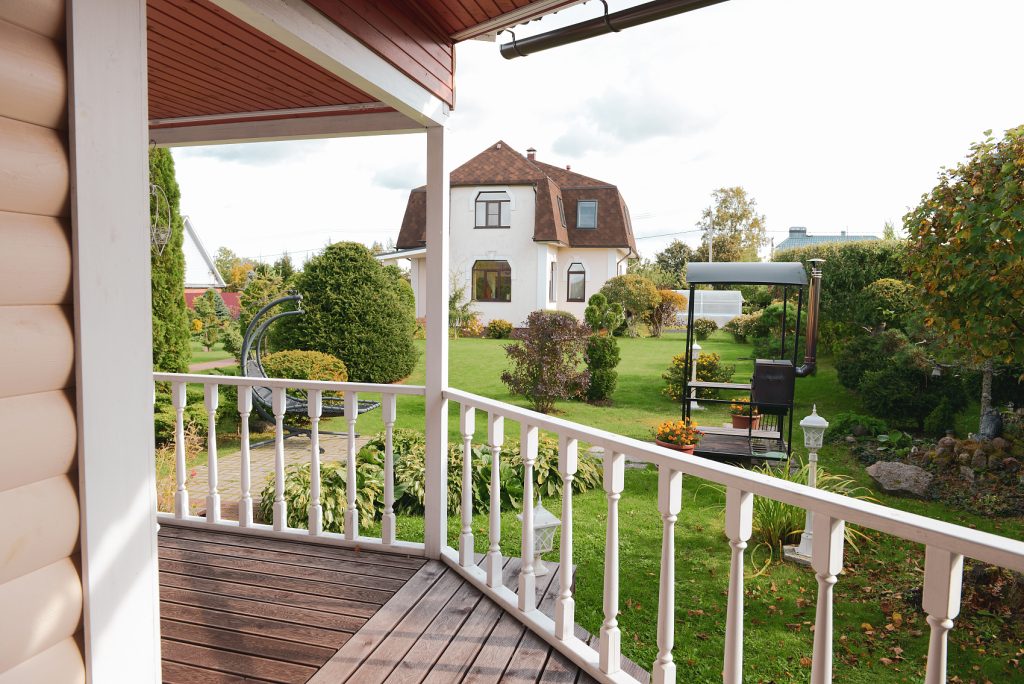
How Protective Coating Works
Protective coatings create a barrier between your deck and environmental factors like UV rays and moisture. These coatings, which include stains, sealers, and paints, bond to the surface, extending your deck’s lifespan.
Different coatings serve various purposes. Stains nourish the wood while protecting against moisture and UV damage. Semi-transparent stains provide moderate protection with a natural look, while solid stains offer stronger protection and a more saturated color. Sealers create a protective layer that repels water and reduces issues like peeling and cracking. Exterior paints deliver a solid finish with excellent protection, but they require proper application and surface preparation to avoid peeling.
By taking these steps, you can keep your deck looking beautiful and standing strong for years to come!


